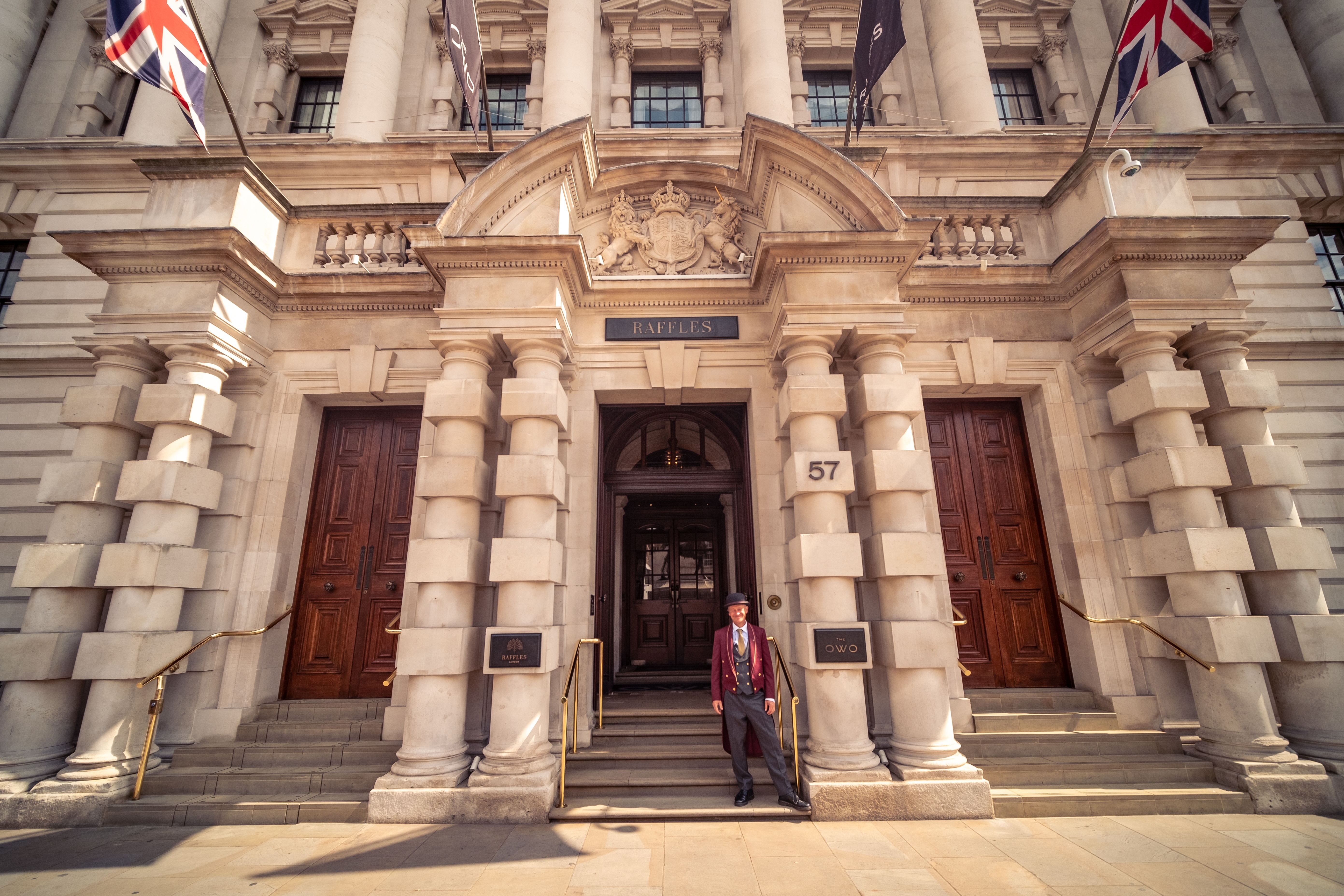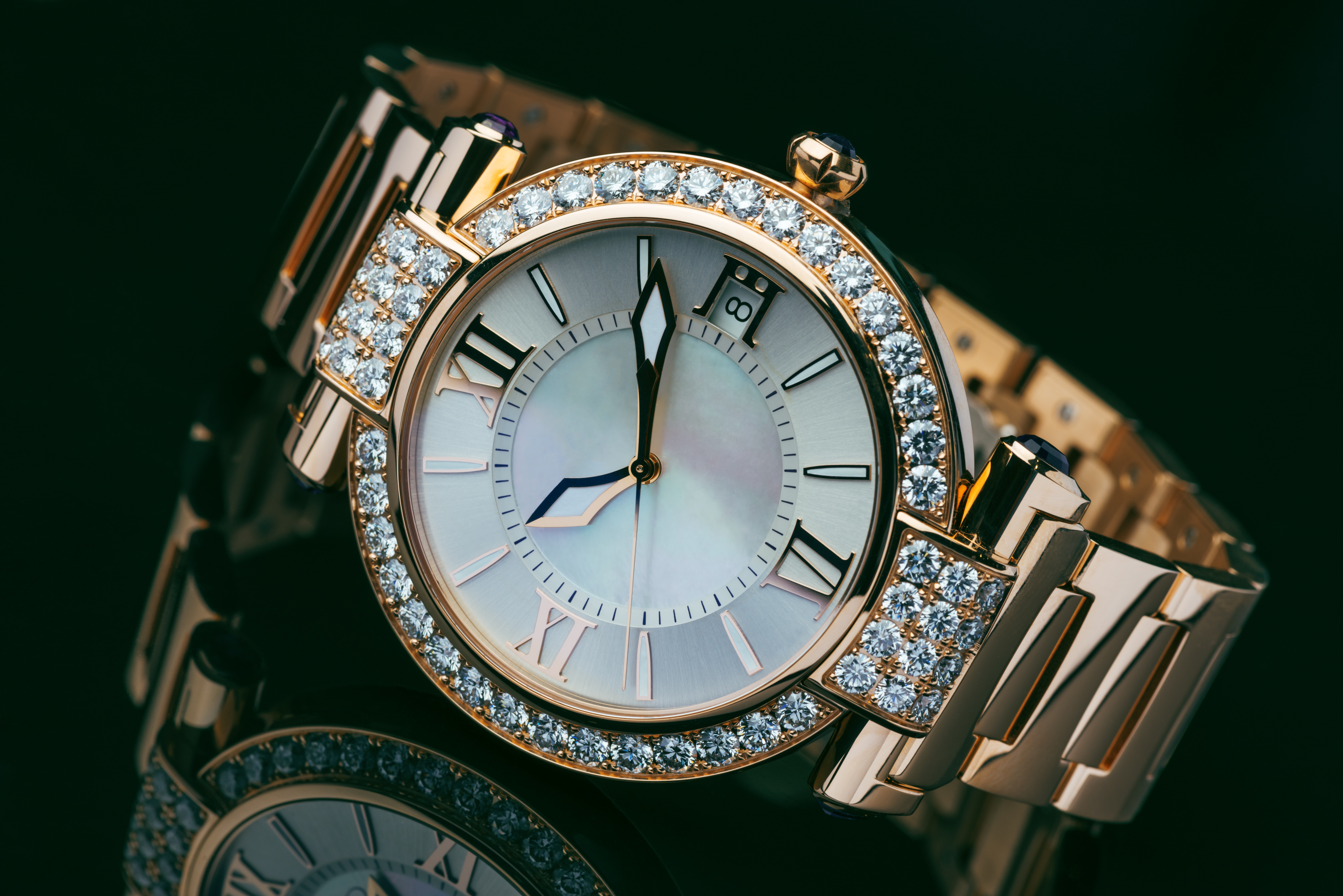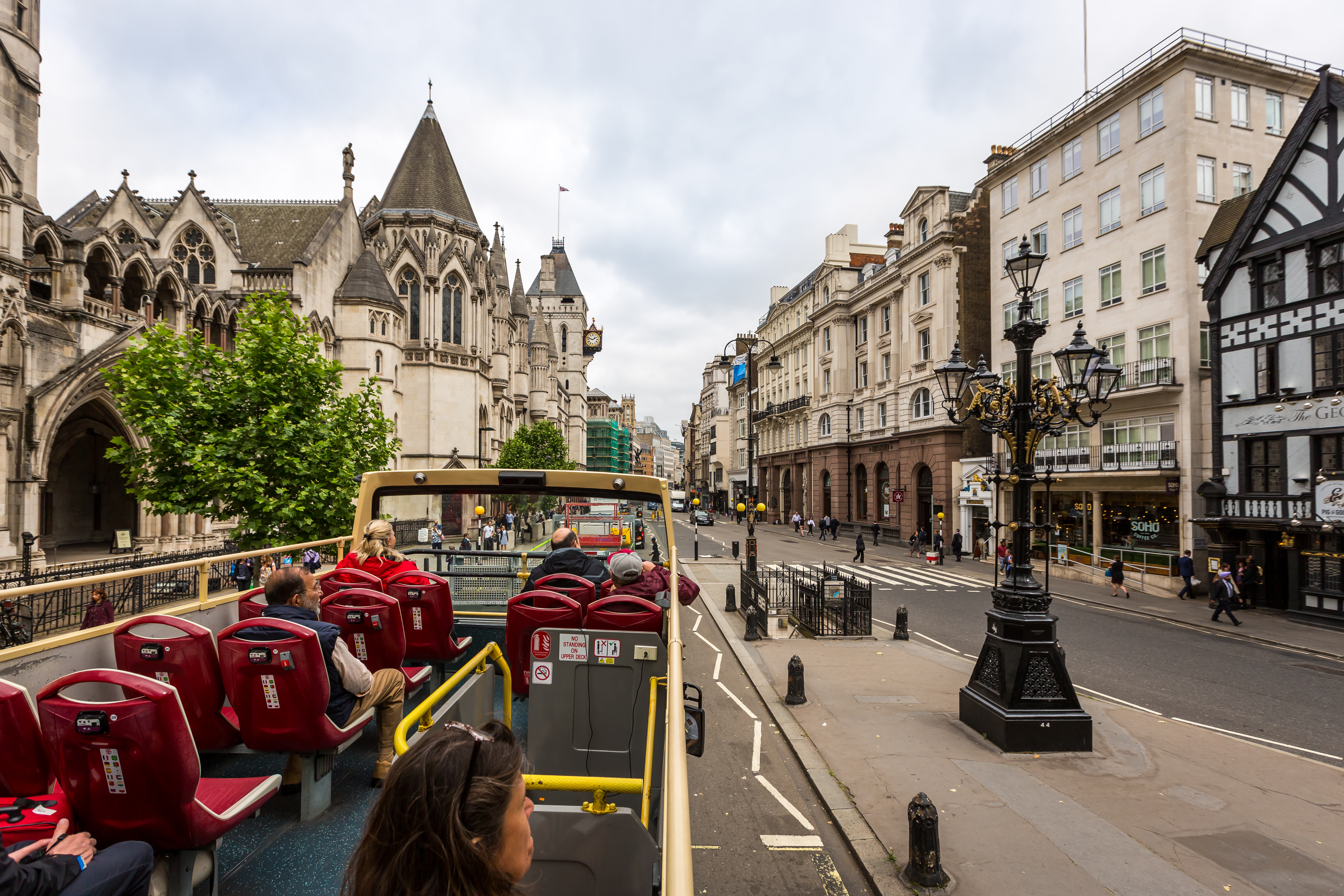Edwardian Houses Guide
The Edwardian era, named after King Edward VII, spanned from 1901 to 1910, marking the transition from the Victorian period's grand buildings and somber attitudes to an epoch filled with optimism and prosperity. This period in British history is known for its significant societal changes and is vividly reflected in its architectural styles.
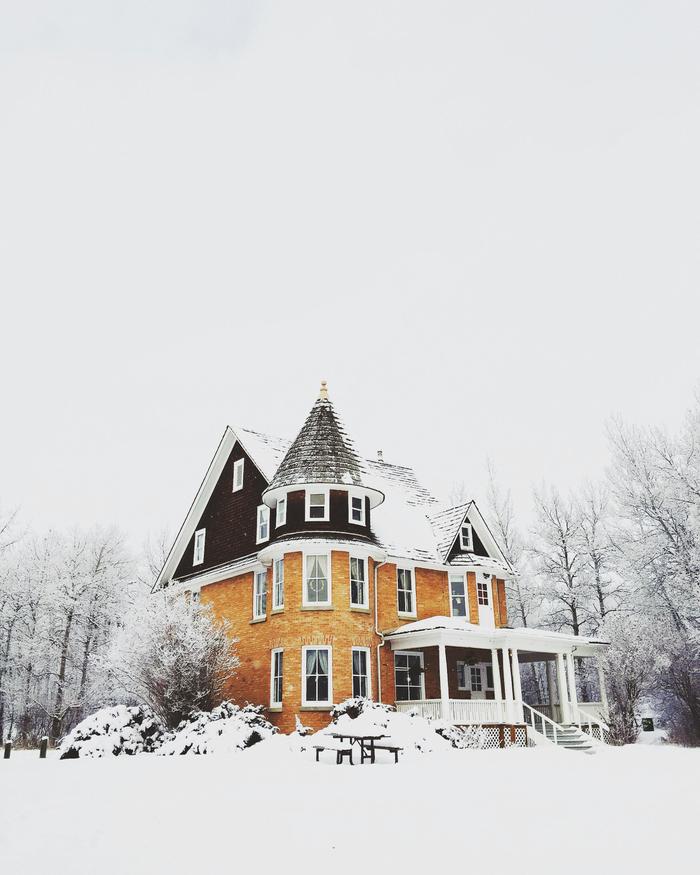
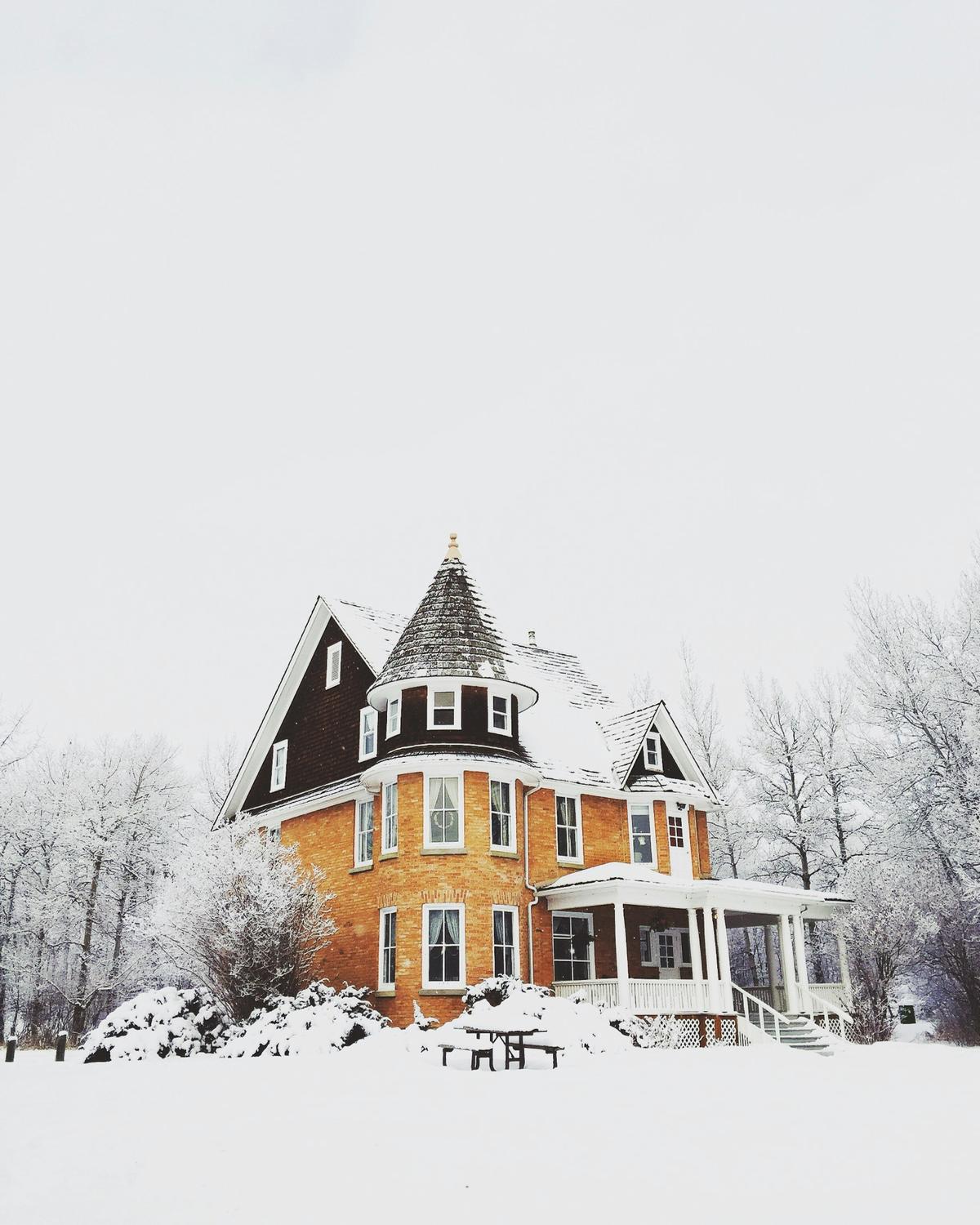
Architectural Features of the Edwardian Era
During the Edwardian era, architecture evolved to embrace lightness and airiness, moving away from the heavy ornamentation of Victorian times. This new architectural style was characterized by a blend of elegance and modernity, with grand aspirations reflected in the spacious, airy designs that catered to a burgeoning middle class.
The Rise of Suburbia
A key feature of the Edwardian period was the emergence of suburbia. The population shift to cities created a demand for suburban homes that offered a refuge from urban life. These new suburbs featured rows of terraced houses with clean air and leafy streets, accommodating the new middle class, especially around London and the home counties.
Also Read: British Architecture Styles
Modernity and Innovation
The Edwardian era was marked by significant technological advancements. Innovations like indoor plumbing and electric lighting became commonplace and transformed daily life. These features, considered cutting-edge at the time, are now standard but were revolutionary in enhancing the quality of living during Edward's reign.
Also Read: Desert Houses
Influence of the Arts and Crafts Movement
Some Edwardian properties were heavily influenced by the Arts and Crafts Movement, which emphasized natural materials and meticulous craftsmanship. This movement can be seen in the detailed woodwork, built-in furniture, and decorative elements within Edwardian homes, adding to their charm and value.
Also Read: Japanese Knotweed House
Legacy and Modern Adaptations
The architectural legacy of the Edwardian period is still prominent today, as seen in developments like Knightsbridge Gate. This project integrates modern luxury with historical architecture, showcasing the enduring appeal of Edwardian design. Edwardian homes are considered some of the highest-valued properties in London, appreciated for their quality construction and timeless elegance.
Also Read: Modern Castle House
Conclusion: The Enduring Appeal of Edwardian Architecture
As the Edwardian era concluded with King Edward VII's death, its architectural influence persisted. Today, Edwardian homes remain highly sought after for their historical significance and architectural beauty, embodying the spirit of an optimistic and innovative period in British history.
